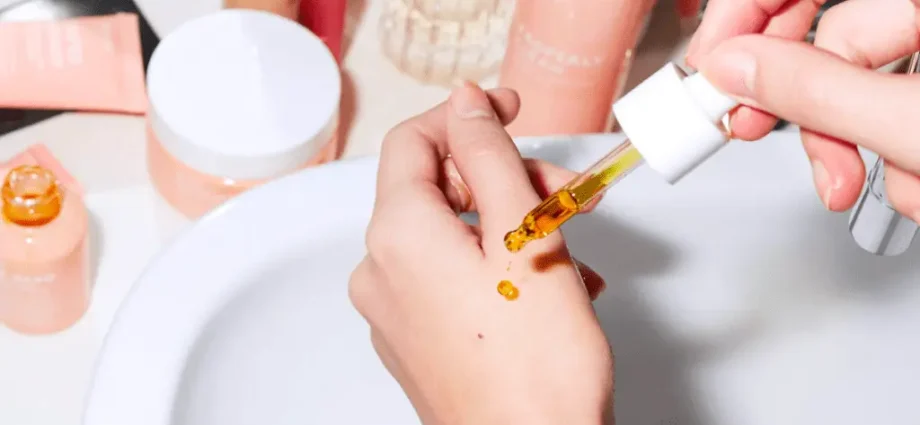Contents
Content
Hair loss is, of course, stressful. To cope with it, including the consultation of a wigger, that is, a specialist in the manufacture of wigs, or a medical hairdresser, will help.
Before starting treatment, specialists will select the most suitable haircut and offer other options – for example, wigs of artificial or natural hair, cotton turbans, false bangs.
Maybe you prefer to wear hats, caps, berets, knitted caps, scarves – or do without them.
Care during treatment and until the hair grows back
On the eve of therapy sessions, wash your hair with a mild shampoo and no more than once every 4-5 days. For very dry hair, choose a shampoo with lipid-replenishing or revitalizing properties. Dry your hair by gently pressing it with a towel.
For several months after the end of treatment, avoid anything that is aggressive to the hair and scalp: do not use a hair dryer, straightener, curling iron, hot curlers, do not perm, do not dye your hair, do not braid and buns
Hair loss care
To cleanse the scalp, when most of the hair has already fallen out, you can use the same gentle cleanser that you use for the body, such as sindet or cleansing oil. If the scalp is dry, moisturize it with any balm or body cream.
Soothing massage
After hair loss, itching or a feeling of soreness on the scalp may appear. In this case, daily gentle massage with a nourishing skin care product or an emollient that relieves discomfort will help. This massage perfectly helps to relax and stimulates the work of blood vessels.
Who can I consult about hair care?
Consult a beautician, dermatologist or beauty salon. Specialists will help you choose care and accept your new image.










